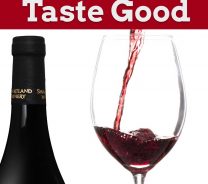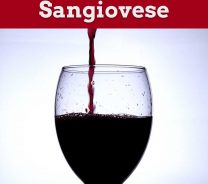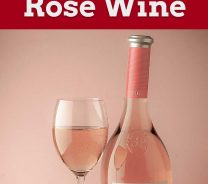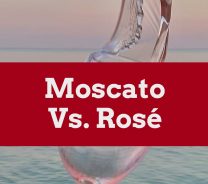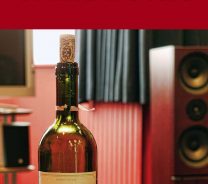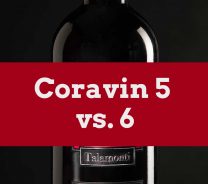What in the World is the Stuff in the Bottom of Your Wine?
Last Updated on August 1st, 2023
Reader Disclosure Disclosure: We may earn commissions for purchases made through links on our site. Learn more on our about us page.When a bottle of wine is bought, you would almost expect it to be all clear. But did you know that “crud” at the bottom is a good thing? Wine is made from natural components. But if you’d like to know what’s on the bottom, read on to find out more.
What are things okay to be on the bottom of wine?
Certain things are okay to be on the bottom of the wine because it was there. Here’s what is usually there:
Tartrates
Don’t be concerned if you notice small sediments in the wine. These are tartrates. It is also referred to as a cream of tartar and is commonly used in cooking. Tartrates are formed when tartaric acid is the primary fruit acid in wine.
At first, you would see nothing when the wine is first bottled. However, after it’s been in a cold cellar for a while, eventually, you will see the small chunks on the bottle of the wine. These sediments are insoluble, but we promise it’s completely safe to drink.
In the US, it can be seen as a defect if there are any sediments on the bottom. So it immediately enters our mind that particles are bad. But we hope we have eased your mind that you may see those sediments with certain wines.
This happens when the wine ages for years (why particles form) vs. wine that has been made in recent years.
If the sediments bother you, use a decanter. A decanter removes the sediment as you pour the wine into a glass. It’ll also help the wine breathe better, which will enhance the flavor.
Colloids
This type of sediment is smaller and finer-grained. It is polysaccharides, proteins, or leftover remnants of grape skins, stems, and seeds. Don’t worry. This type of sediment is completely harmless and doesn’t affect the flavor of the wine.
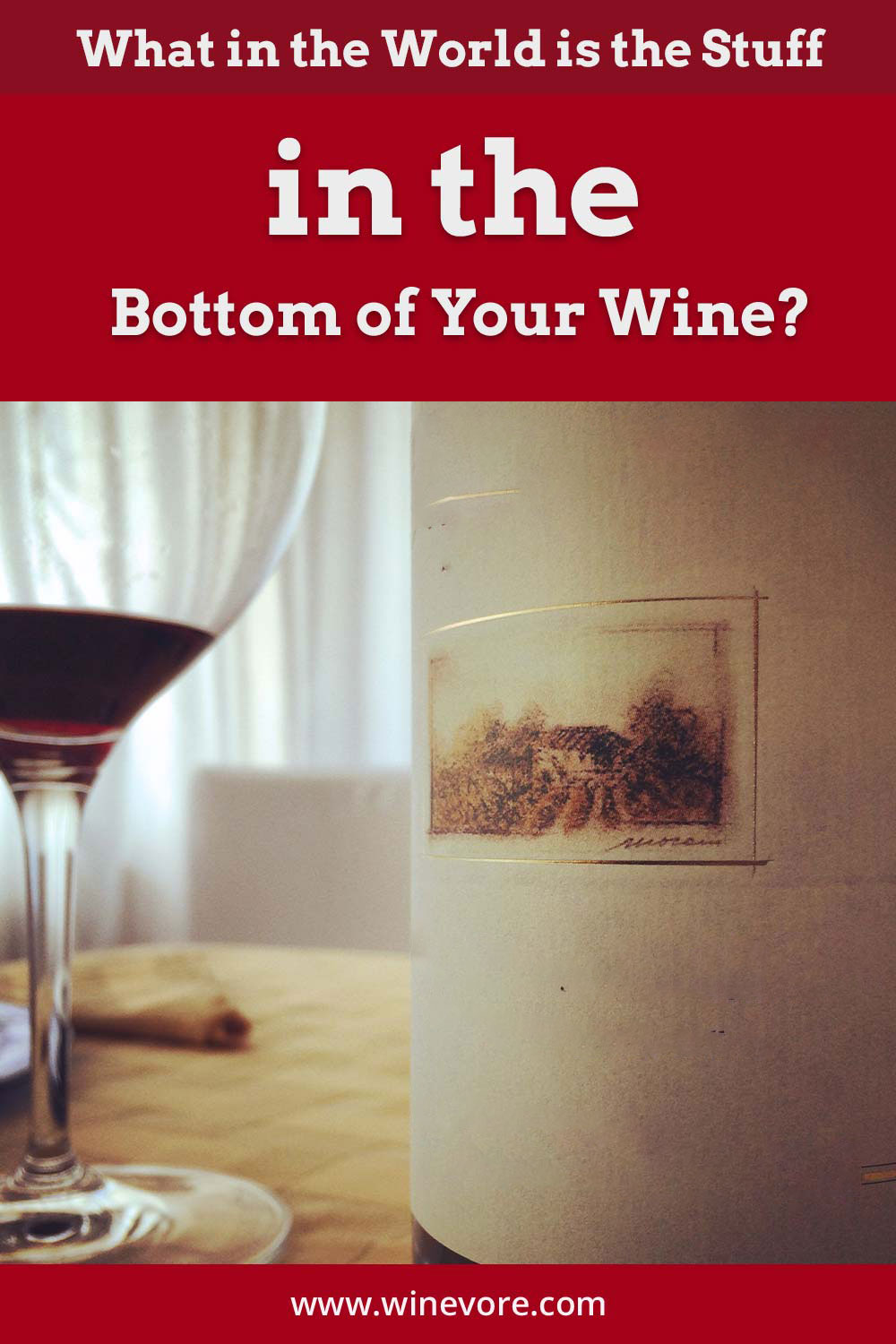
Are sediments just in red wine? Or white?
There can be particles present in both wines. However, it’s called “lees” in red wine and “wine diamond crystals” in white. However, it’s more prevalent in reds because, as you probably can guess, winemakers crush red wine grapes to make the red wines.
White wines don’t have as many particles because it doesn’t use grape skins, and wineries stabilize whites. It’s also less often aged, so it doesn’t develop as many lees as the reds. Instead, when refrigerated, it can form crystals.
Just like the lees, the crystals are so small that they can appear grainy, like at the bottom of the wine.
What shouldn’t be at the bottom of the wine?
There shouldn’t be any glass shards, as the pieces can be dangerous to drink. It’s not part of the winemaking process and not normal. If you see glass shards at all, you should not consume the wine.
Final Thoughts on Stuff in the Bottom of the Wine
Particles and sediments are almost a good thing that you see in wine bottles. A lot of winemakers are intervening less in the winemaking process so that the best flavors can be produced. This means leaving the sediments and particles in.
So the next time you see a bottle of wine with “stuff” in it, you could be in for a real treat!

